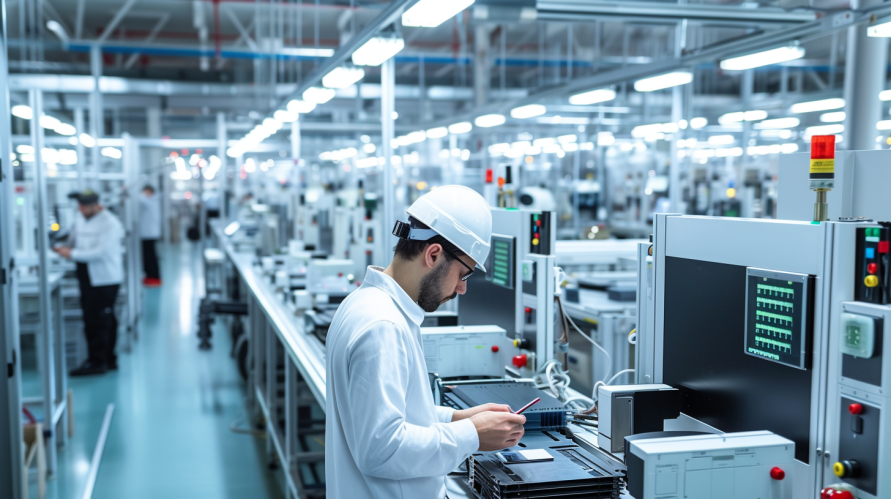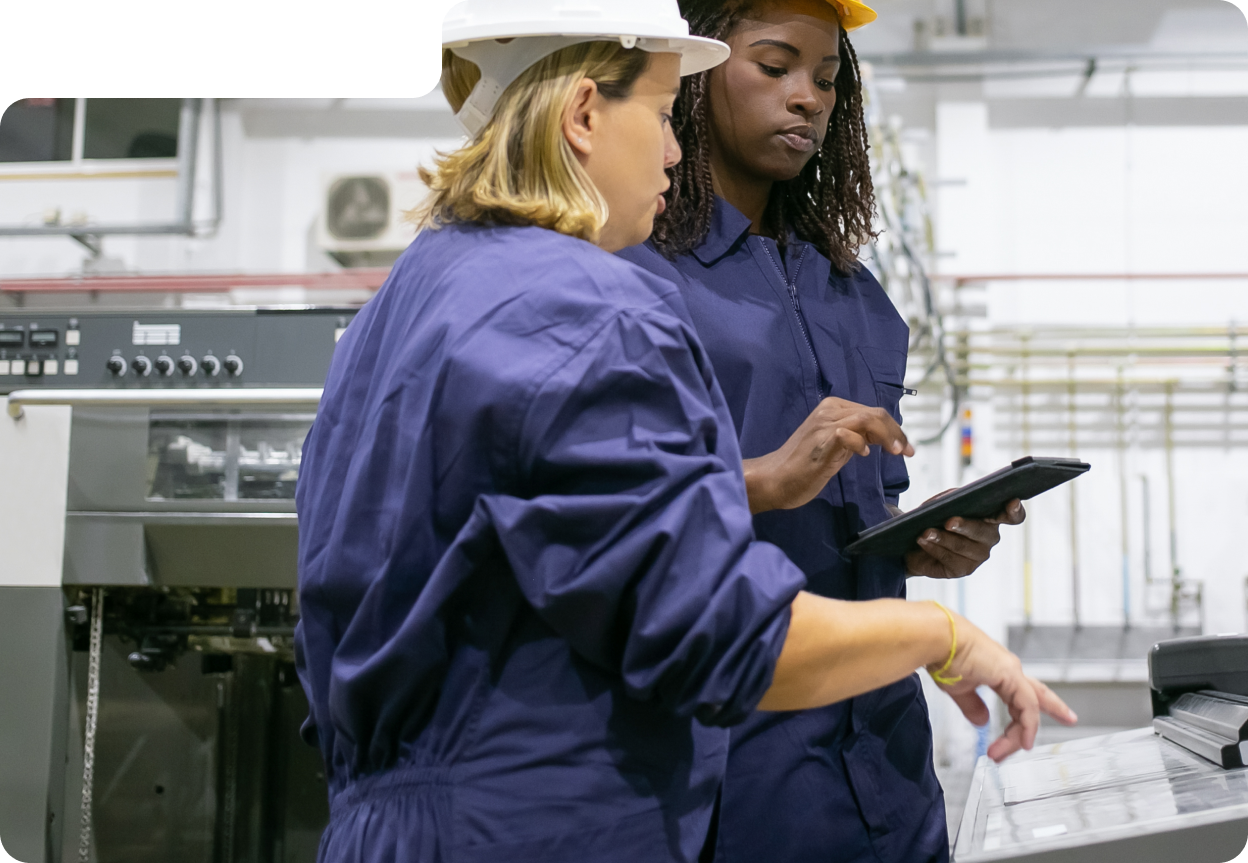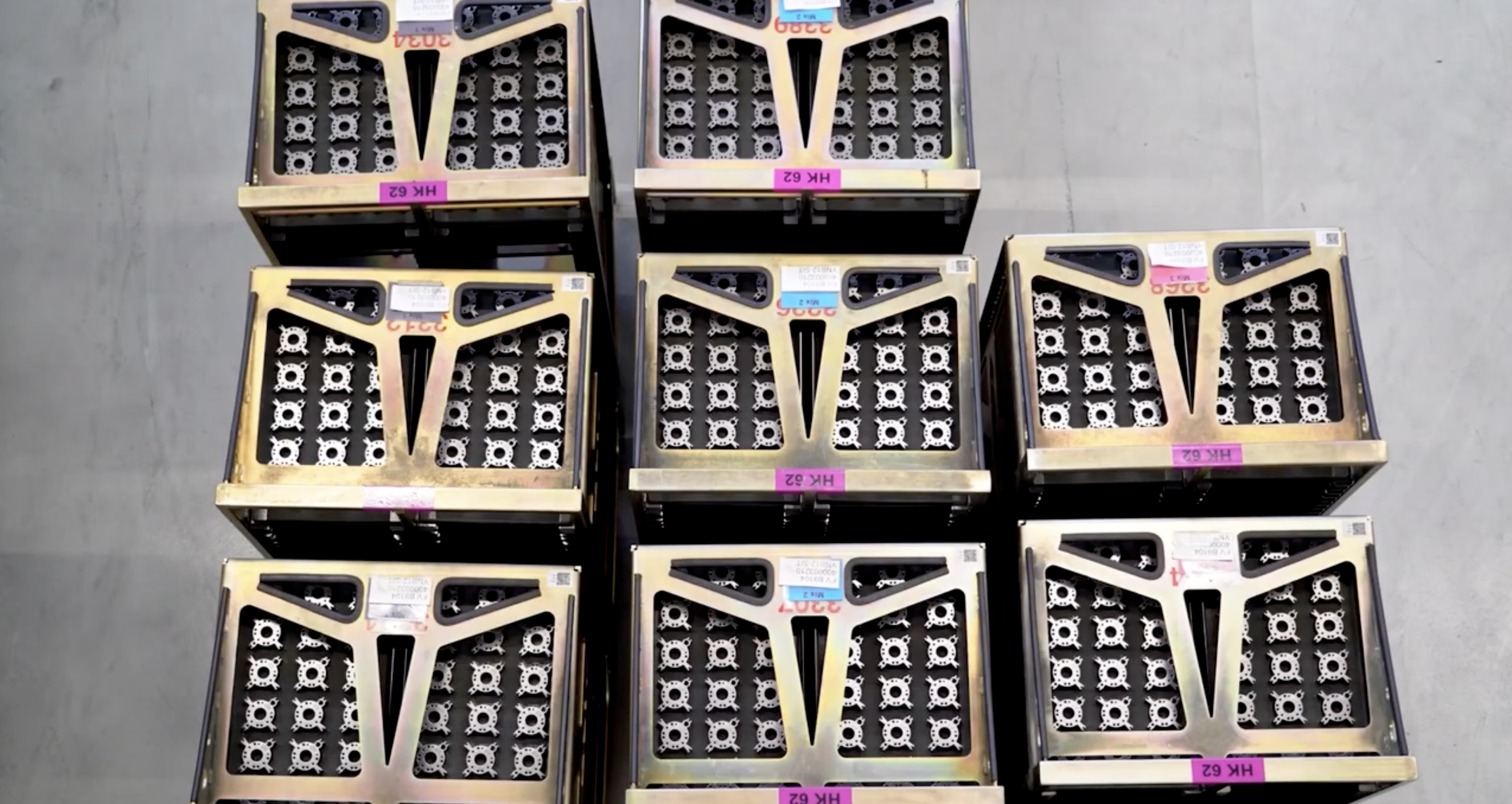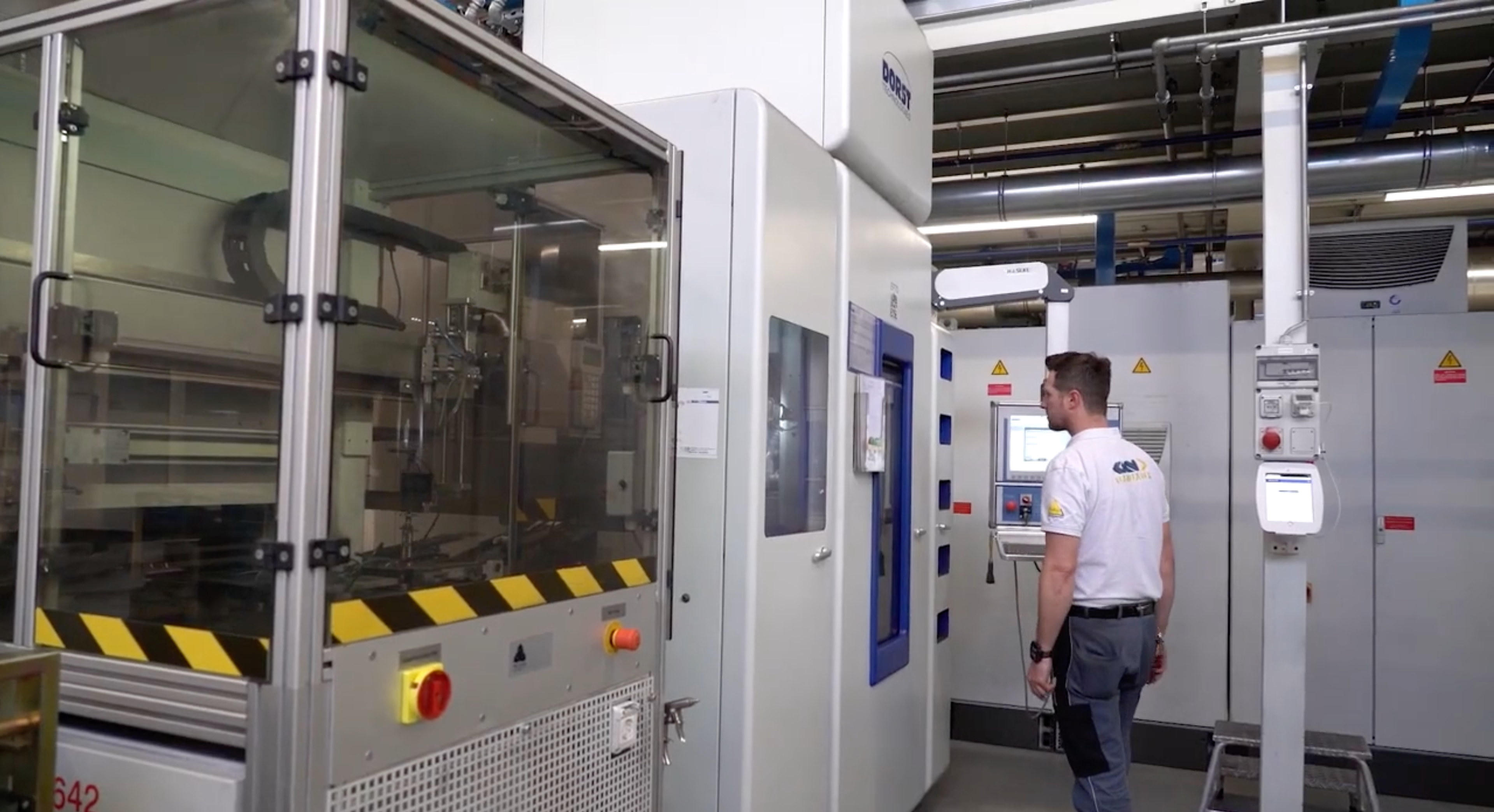For factory leaders, the challenge isn’t just about filling roles — it’s about making knowledge stick. Integrating AI in manufacturing knowledge management can provide transformative solutions to these challenges. As retirements rise and frontline turnover increases, operational know-how is leaking from the business. Not because teams don’t care, but because they’ve never had a simple system to capture what actually works.
This article isn’t about AI buzzwords or abstract promises. It’s about how to deploy tools that preserve know-how, empower workers, and improve execution — without overcomplicating your operations.
The Executive Problem: Skills Gaps and Operational Drag
Up to 20 million skilled workers are expected to retire across Europe by 2036. In manufacturing, this means more than labor gaps — it means losing the expertise that’s been holding processes together.
The impact:
- Longer ramp-up time for new hires
- More recurring issues solved ad hoc
- Greater reliance on a few key employees
From a leadership standpoint, this creates:
- Strategic vulnerability if key people leave
- Output variability and quality risks
- Knowledge bottlenecks and training slowdowns
What AI-Powered Knowledge Capture in Manufacturing Actually Looks Like
Deploying AI to solve the skills problem doesn’t mean building an innovation lab. It means embedding simple, scalable tools directly into existing workflows:
- Knowledge capture in the moment: When someone solves a problem, the system records it hands-free.
- Automated processing: AI turns it into a visual SOP or short instruction guide.
- Contextual delivery: That guide is surfaced based on task, machine, or location.
Teams don’t need to learn a new system. They work as usual — and the smart knowledge capture tools do the rest.
The Role of Infrastructure — Not Reinvention
What sets smart factories apart isn’t fancy tech. It’s agile infrastructure that connects people, machines, and processes — without disruption.
A platform like Workerbase acts as a connective layer:
- Captures tribal knowledge without slowing anyone down
- Delivers structured guidance in real time
- Bridges gaps between systems, shifts, and sites
No complex onboarding. No full rip-and-replace. Just a practical way to scale what works.
Manufacturers like Siemens, Porsche, and Gazelle already use this approach — capturing knowledge in real time, reducing downtime, and increasing productivity with mobile-first tools.
Cultural Success Starts with Practical Wins
AI adoption in manufacturing often fails not because of the tech, but because of how it’s introduced.
To build buy-in:
- Don’t sell AI — solve a clear operational problem
- Make frontline workers contributors, not consumers
- Start with use cases that reduce interruption, not add process
The goal isn’t to replace expertise — it’s to multiply its impact. When new hires learn from what senior operators already know, you create compounding gains.hout disrupting anyone’s flow.
From Skills Gaps to Scalable Expertise: The Leadership ROI
Leaders should expect measurable results:
- Faster training with less drain on experienced staff
- Fewer errors, thanks to structured task guidance
- Clearer skill visibility for workforce planning
- Better compliance reporting and process traceability
And long term:
- Reduced dependence on tribal knowledge
- Stronger knowledge continuity across shifts and locations
You’ll spend less time reacting — and more time scaling.
Final Word: Act Before Knowledge Leaves
Solving the skills crisis isn’t about chasing new technology. It’s about operationalizing what your people already know — before it’s gone.
The best systems don’t disrupt. They enhance. Workerbase helps leadership teams turn everyday expertise into long-term value.
Book a walkthrough of our platform — and discover how real-time knowledge capture can help preserve frontline expertise, reduce training time, and scale what already works.
Ready to protect your factory’s expertise? Get the free playbook
The manufacturing skill shortage is here — but you don’t have to lose decades of know-how. Download “The Manufacturing Skill Shortage Fix” playbook to learn proven strategies for capturing, scaling, and preserving expertise — without disrupting daily operations.





